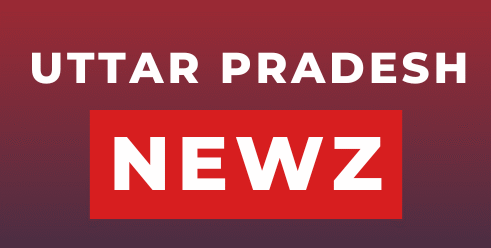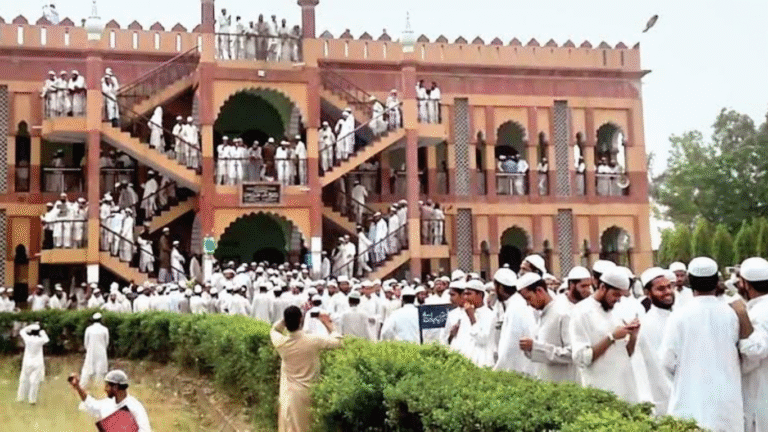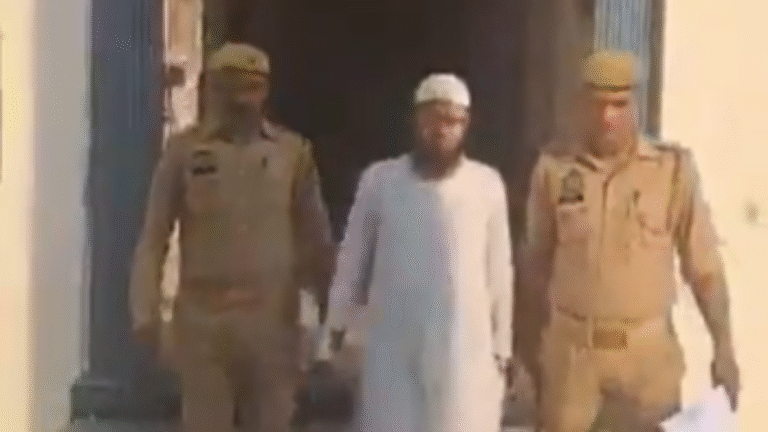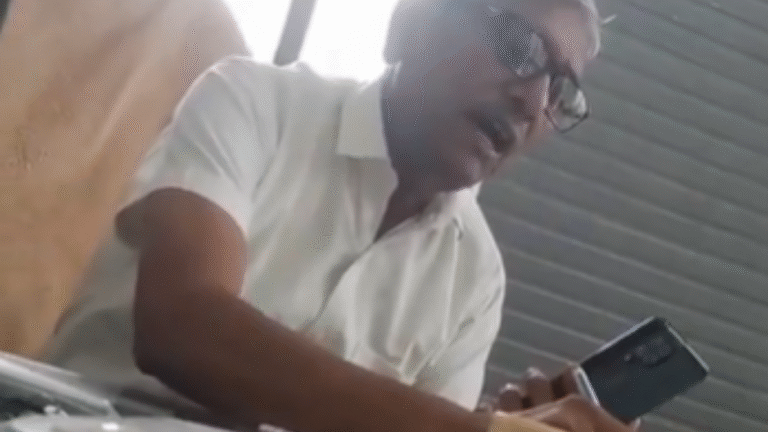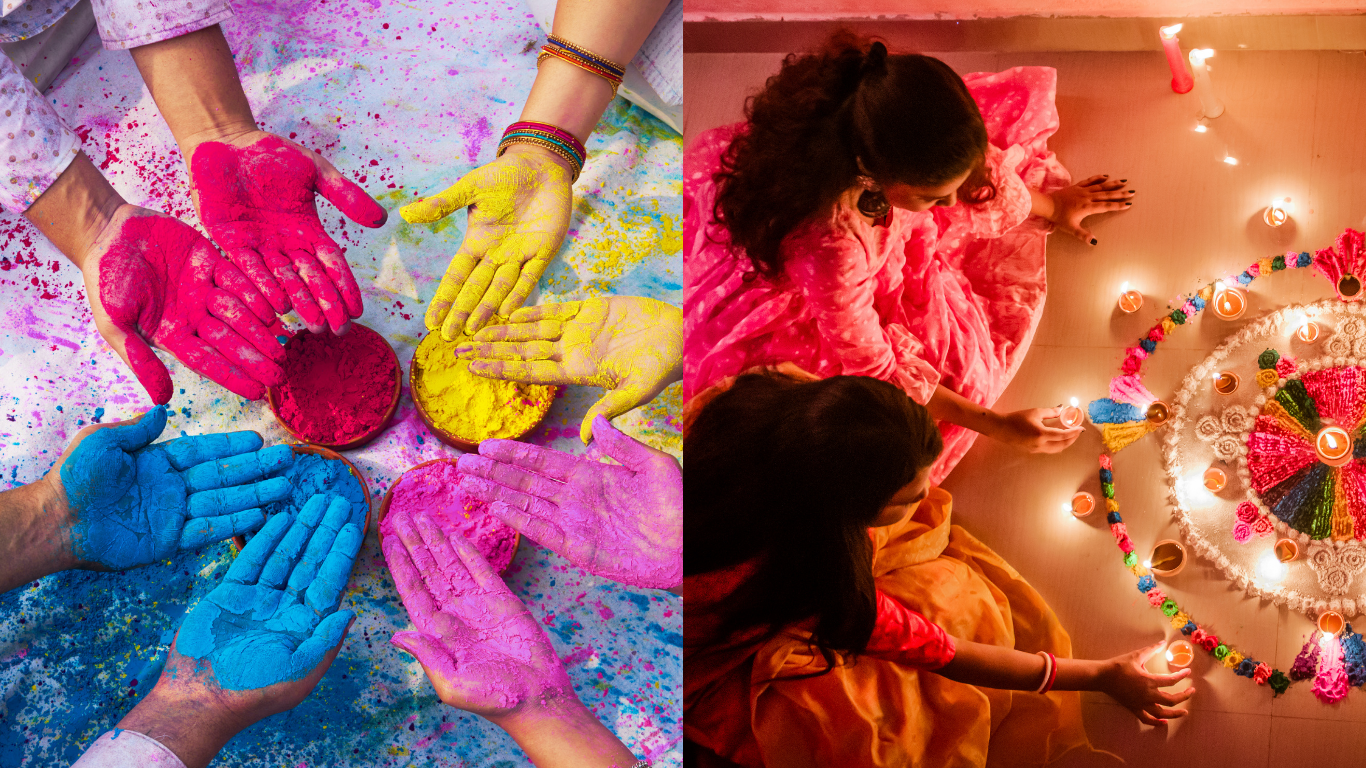
Uttar Pradesh is a land of rich traditions, diverse communities, and deep spiritual roots. It’s one of the few places in India where culture is celebrated almost every day—through fairs, rituals, and grand festivals. The festivals of Uttar Pradesh are not just religious occasions; they are moments of collective joy, devotion, and social bonding. Whether it’s a small village or a bustling city, festivals in UP bring life to every corner of the state.
From age-old Hindu celebrations like Diwali and Holi to vibrant Muslim events such as Eid and Muharram, and Buddhist observances like Buddha Purnima—each festival is unique, colorful, and deeply meaningful. Let’s explore some of the most famous festivals of Uttar Pradesh, and how they reflect the state’s cultural soul.
Diwali: The Festival of Lights
Diwali, also known as Deepawali, is celebrated with unmatched zeal across Uttar Pradesh. It marks the return of Lord Rama to Ayodhya after 14 years of exile, a story that finds its roots in the epic Ramayana.
In cities like Ayodhya, the festival is celebrated with lakhs of earthen lamps (diyas) lighting up the ghats and temples. The entire city glows with devotion and grandeur. In 2023, Ayodhya set a world record by lighting over 20 lakh diyas along the banks of the Sarayu River.
Families clean their homes, decorate them with flowers and rangoli, and worship Goddess Lakshmi and Lord Ganesha for prosperity. Children burst crackers, and neighbors exchange sweets and gifts.
Diwali in UP is not just a religious festival—it is an emotional and spiritual experience that brings people together and reminds everyone of the victory of light over darkness.
Holi: The Festival of Colors and Joy
Holi is one of the most iconic festivals of Uttar Pradesh, and no place celebrates it like Mathura and Vrindavan, the land of Lord Krishna.
Celebrated in March, Holi marks the arrival of spring and the victory of good over evil. But in Braj Bhoomi, it’s a grand cultural event where the celebration goes on for more than a week. You can witness unique traditions like Lathmar Holi in Barsana, where women playfully beat men with sticks, and men protect themselves with shields.
People smear each other with colors, sing folk songs, and dance to the beats of dhol. Traditional sweets like gujiya and thandai are enjoyed in every household.
Holi in Uttar Pradesh is more than just playing with colors. It’s a celebration of love, community, and shared happiness. It draws tourists from around the world who come to witness the cultural magic of this famous festival of Uttar Pradesh.
Ram Navami: Celebrating the Birth of Lord Rama
Ram Navami is one of the most sacred festivals celebrated in Uttar Pradesh, especially in Ayodhya, the birthplace of Lord Rama. It falls in the month of Chaitra (March-April) and marks the ninth day of Navratri.
On this day, devotees flock to Ayodhya to take part in special prayers, processions, and temple ceremonies. The city comes alive with bhajans, kirtans, and readings from the Ramayana. Children dress as Lord Rama, Lakshman, Sita, and Hanuman in processions known as Shobha Yatra.
In households, people observe fasts, chant mantras, and cook special satvik meals. The temples are decorated beautifully, and idols of Lord Rama are bathed and worshipped with devotion.
Ram Navami showcases the spiritual heart of Uttar Pradesh. It reflects the people’s deep connection to their religious heritage and the importance of moral values, as embodied by Lord Rama.
Krishna Janmashtami: Celebrating the Birth of Lord Krishna
In Mathura and Vrindavan, Janmashtami is celebrated like nowhere else in India. The birth of Lord Krishna, who was born in Mathura, is a night-long event full of devotion and joy.
Temples are decorated with flowers, lights, and colorful fabrics. Devotees observe fasts throughout the day, and at midnight, they celebrate Lord Krishna’s birth with bhajans, aarti, and the breaking of the dahi handi (curd pot) by young boys, symbolizing Krishna’s love for butter.
Dramatic performances known as Raslila, which depict Lord Krishna’s playful pastimes with Radha and the gopis, are staged in temples and public grounds.
Homes are decorated with miniature swings, cradles, and images of baby Krishna. Children dress up as Krishna and Radha and take part in fancy dress events in schools.
Janmashtami in Uttar Pradesh is not just a religious event—it is a cultural celebration that combines art, music, and spirituality in the purest form.
Kumbh Mela: The Largest Religious Gathering on Earth
The Kumbh Mela is a grand spiritual event that takes place every 12 years in Prayagraj (Allahabad), where the holy rivers Ganga, Yamuna, and Saraswati meet. It is considered the largest religious gathering in the world, attracting millions of devotees, saints, and tourists.
During the mela, people take a holy dip in the Sangam to cleanse their sins. The event is marked by religious discourses, spiritual camps, and processions of sadhus (saints) from various sects. The sight of Naga Sadhus walking in huge processions is both mesmerizing and spiritual.
Apart from the main Kumbh, a Magh Mela is held every year in January-February, and an Ardh Kumbh (half Kumbh) is held every six years.
The Kumbh Mela is not just a festival—it’s a reflection of Uttar Pradesh’s position as a center of faith and spirituality. It showcases the unity of people from all walks of life, brought together by belief and devotion.
Buddha Purnima: A Spiritual Gathering in Sarnath
Sarnath, near Varanasi, is one of the most important Buddhist pilgrimage sites in the world. It is where Lord Buddha gave his first sermon after attaining enlightenment. Every year, on Buddha Purnima, thousands of devotees from India and abroad gather here to celebrate his birth, enlightenment, and death.
Monks in maroon robes chant prayers, light candles, and perform rituals in ancient stupas. Peaceful processions and discussions on Buddha’s teachings are held in temples and community halls.
The celebration is quiet, reflective, and deeply spiritual. People from all religions and backgrounds take part, showing the continued relevance of Buddha’s message of peace and compassion in today’s world.
Buddha Purnima adds a unique flavor to the cultural calendar of Uttar Pradesh, emphasizing non-violence, mindfulness, and inner peace.
Ganga Dussehra and Dev Deepawali: Worshipping the Holy River
The River Ganga is not just a river in Uttar Pradesh—it is a mother, a goddess, and a symbol of purity. Festivals like Ganga Dussehra and Dev Deepawali are dedicated to worshipping this sacred river.
Ganga Dussehra, celebrated in June, marks the descent of the Ganges from heaven to earth. Devotees gather on riverbanks, especially in Varanasi, Haridwar, and Prayagraj, to take a holy dip and perform aarti.
Dev Deepawali, celebrated fifteen days after Diwali, is a grand event in Varanasi when the ghats are lit with thousands of diyas in honor of gods and goddesses. The sight of the Ganga shimmering with light and devotion is unforgettable.
These festivals highlight the spiritual and environmental importance of the river in the lives of the people of Uttar Pradesh.
Local Fairs and Regional Festivals
Apart from the major festivals, UP celebrates several local fairs that are deeply rooted in folk culture and traditions.
Popular Local Events:
-
Braj Mahotsav – A cultural festival in Mathura celebrating Krishna’s early life.
-
Jhansi Mahotsav – Showcasing Bundelkhand’s culture, dance, and crafts.
-
Kailash Fair (Agra) – A vibrant celebration held near the Kailash temple.
-
Ayodhya Deepotsav – A newer addition, where lakhs of diyas are lit to mark Diwali in Ayodhya.
-
Nag Nathaiya (Varanasi) – A theatrical enactment of Krishna subduing the serpent Kaliya, performed on the banks of the Ganga.
These festivals bring out the best of folk music, traditional dance, handicrafts, and food, giving tourists and locals a glimpse into the diverse heritage of the state.
Eid and Muharram: Cultural Harmony in Uttar Pradesh
Uttar Pradesh has a significant Muslim population, and Eid-ul-Fitr, Eid-ul-Adha, and Muharram are celebrated with deep faith and brotherhood. Cities like Lucknow, Bareilly, and Moradabad become vibrant with lights, markets, and festivities during these times.
Eid-ul-Fitr, which marks the end of Ramadan, is celebrated with special prayers in mosques, community feasts, and sweet dishes like sewaiyaan. People dress in new clothes, greet each other with hugs and the phrase “Eid Mubarak”, and exchange gifts with friends and neighbors.
Eid-ul-Adha, or Bakrid, involves prayers and the symbolic sacrifice of animals, which is shared among family, friends, and the needy.
Muharram, a day of mourning to honor the martyrdom of Imam Hussain, is observed with processions, recitations of elegies, and community gatherings.
These festivals reflect the spirit of unity in diversity and the shared culture of Uttar Pradesh, where communities celebrate and respect each other’s traditions.
Conclusion: Uttar Pradesh – A Land of Living Festivals
The festivals of Uttar Pradesh are a vibrant mix of religion, history, art, and social unity. From the spiritual streets of Varanasi to the royal charm of Lucknow, every celebration reflects the state’s timeless devotion and cultural richness.
Whether you are a local or a visitor, witnessing a festival in Uttar Pradesh is not just about watching rituals—it’s about feeling the joy, the community spirit, and the heartbeat of India’s cultural soul.
So next time someone asks you about the famous festival of Uttar Pradesh, remember—it’s not just one. Every season, every city, and every community has a celebration waiting to be discovered.
